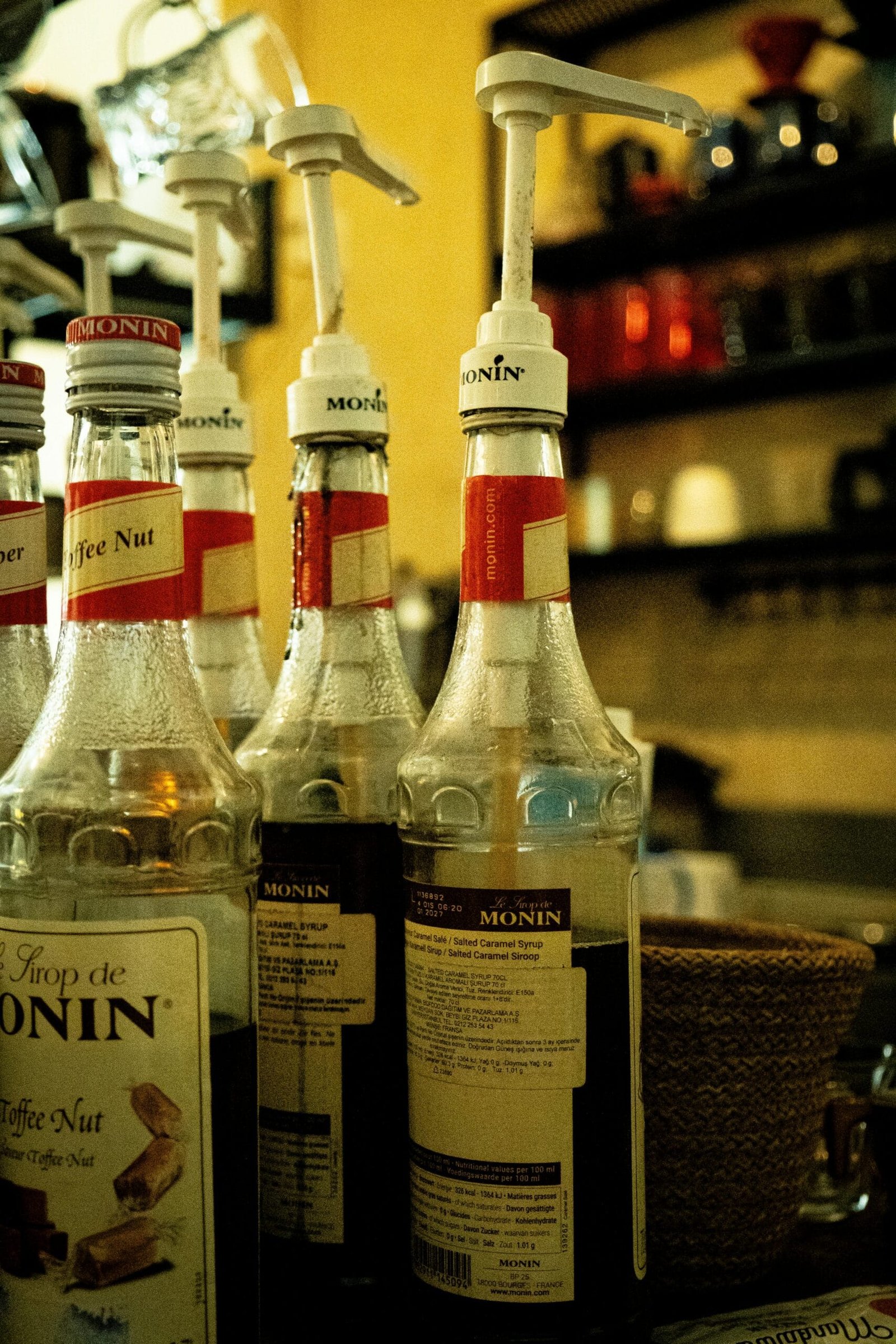Have you ever wondered how long a well pump will last or what factors could influence its lifespan? Well, you’re not alone. Your well pump plays a crucial role in delivering water from underground sources to your home, and understanding its longevity can help you plan for maintenance or eventual replacement. So, let’s take a deep dive into the factors that influence the lifespan of a well pump, signs that it may be failing, and what you can do to ensure it lasts as long as possible.
Understanding the Basics of Well Pumps
Before diving into the lifespan and other specifics, it’s crucial to understand what a well pump is and its basic functions. A well pump is a device used to extract water from a well and bring it to the surface for your use. It’s a vital component in any private well system and ensures you have access to water for various activities such as drinking, cooking, bathing, and gardening.
Types of Well Pumps
There are several types of well pumps, and the lifespan can vary depending on which one you have. The most common types include:
Submersible Pumps: These are installed underwater and are designed to push water to the surface. They are very efficient, often lasting longer than other types due to their built-in protective measures against various elements.
Jet Pumps: Installed above ground, jet pumps are used for shallow or deep wells. They work by creating suction to lift water from the well, and generally have a shorter lifespan compared to submersible pumps.
Centrifugal Pumps: Best for shallow wells, these pumps are simpler in construction and can be more affordable, but they might wear out quicker compared to submersible pumps.
Understanding which type of pump you have can help you better anticipate its lifespan and maintenance needs.
Factors Affecting Well Pump Longevity
A well pump’s lifespan isn’t set in stone; several factors can impact how long it serves you efficiently. Knowing these can help you manage your well system better and possibly extend the pump’s life.
Quality of the Pump
The initial quality of a well pump is a significant factor. High-quality pumps, though potentially more costly, often come with better construction and materials that allow them to last longer. Investing in a quality well pump from the start might save you in replacement costs in the long run.
Usage and Demand
How often you use your well pump and the demand placed on it can greatly impact its longevity. A household with high water demands will naturally place more strain on the pump, potentially reducing its lifespan. Conversely, minimal use, such as in a vacation home, may extend the pump’s life.
Maintenance Practices
Regular maintenance can significantly impact the well pump’s lifespan. Ensuring routine check-ups can help identify potential issues before they become serious problems. Maintenance practices might include checking the pump’s electrical systems, lubricating moving parts, and inspecting for any signs of wear and tear.

Average Lifespan of a Well Pump
So, how long does a well pump typically last? While it varies, you can expect a well pump, particularly a submersible pump, to last between 8 to 15 years with good maintenance. Jet pumps may have a shorter lifespan, generally around 10 years. Here’s a quick reference table to simplify the lifespans of different types of well pumps:
| Type of Well Pump | Average Lifespan (years) |
|---|---|
| Submersible Pump | 8 – 15 |
| Jet Pump | 6 – 10 |
| Centrifugal Pump | 5 – 8 |
Keep in mind that these are just averages, and actual performance can differ based on the aforementioned factors.
Signs Your Well Pump is Failing
Understanding the signs of a failing well pump can save you a lot of headaches. It’s crucial to act quickly if you notice symptoms of pump failure to avoid a complete water service disruption or further damage to your system.
Decreased Water Pressure
A noticeable drop in water pressure often indicates something amiss with your well pump. It could be due to a clog, worn-out components, or electrical issues within the pump. Addressing these symptoms early can help prevent complete failure.
Strange Noises
Unusual noises coming from your well pump, such as grinding or buzzing, often suggest mechanical problems. These could indicate anything from loose internal parts to impending motor failure.
Air Spitting from Faucets
If you experience bursts of air when you turn on the water, it might indicate a problem with your well pump. Air could be entering the water line due to issues with the pump or well casing.
Constantly Running Pump
A well pump that runs continuously without cycling off might be struggling to build pressure. This could be a sign of a leak, pressure switch issue, or a failing pump, all of which require prompt attention.

Maintenance Tips for Prolonging Your Well Pump’s Life
Ensuring your well pump lasts as long as possible requires dedication to proper maintenance practices. Here are some tips to help you prolong its operational life:
Regular Inspections
Have your well pump inspected by a professional annually. They can detect issues that may not be immediately noticeable and help you address them before they worsen.
Monitor for Signs of Wear
Stay vigilant for any signs of wear or malfunctions, and address them immediately. Regularly listen for strange noises or changes in water pressure, and don’t hesitate to call an expert if something seems off.
Water Quality Testing
Contaminants in your water, such as sediment or mineral content, can wear down your well pump over time. Periodic water testing can identify these issues, allowing you to implement filtration solutions to protect your pump.
Maintain Records
Keeping detailed records of all maintenance performed on your pump can help you or professionals quickly diagnose issues by providing a history of potential repeated problems.
What is a Cistern and Can it Be Used with a Well?
Now that you have a grasp of well pumps, let’s talk about cisterns—a system some people choose to pair with their wells. Cisterns are storage tanks used for collecting and storing water. They can be filled with rainwater, trucked-in water, or water from a private well system.
Can a Cistern Be Used with a Well?
Absolutely! A cistern can be used in conjunction with a well to enhance water storage capacity, ensuring you have a supply during periods of high demand or in times of drought. This setup can also provide a buffer if your well pump needs repair, allowing you more time to manage maintenance needs without losing water access.
Advantages of Using a Cistern with a Well
Increased Water Availability: By storing excess water, you can have a ready supply during peak usage times or when the well isn’t producing at maximum capacity.
Backup Water Supply: In case of pump failures or scheduled maintenance, a cistern can provide a temporary water source, reducing the urgency for immediate repairs.
Pressure Regulation: Cisterns can help in maintaining consistent water pressure, accommodating fluctuations that might occur with direct well pumping.
Maintenance for Cisterns
Much like your well pump, cisterns also require regular maintenance to ensure they function effectively. This includes checking for leaks, ensuring valves and fittings are secure, and keeping the tank clean to avoid contaminants.

Conclusion
Understanding how long a well pump lasts and the factors influencing its lifespan can prepare you for eventual replacements and help you take proactive steps in maintenance, ensuring uninterrupted water supply. Regular inspections, addressing issues early, and considering auxiliary systems like cisterns can all contribute to extending your well pump’s life. Keeping these steps in mind, you can enjoy the assurance of a well-functioning water system for years to come. While no pump can last forever, a little knowledge and care go a long way in getting the most out of your well pump system.
